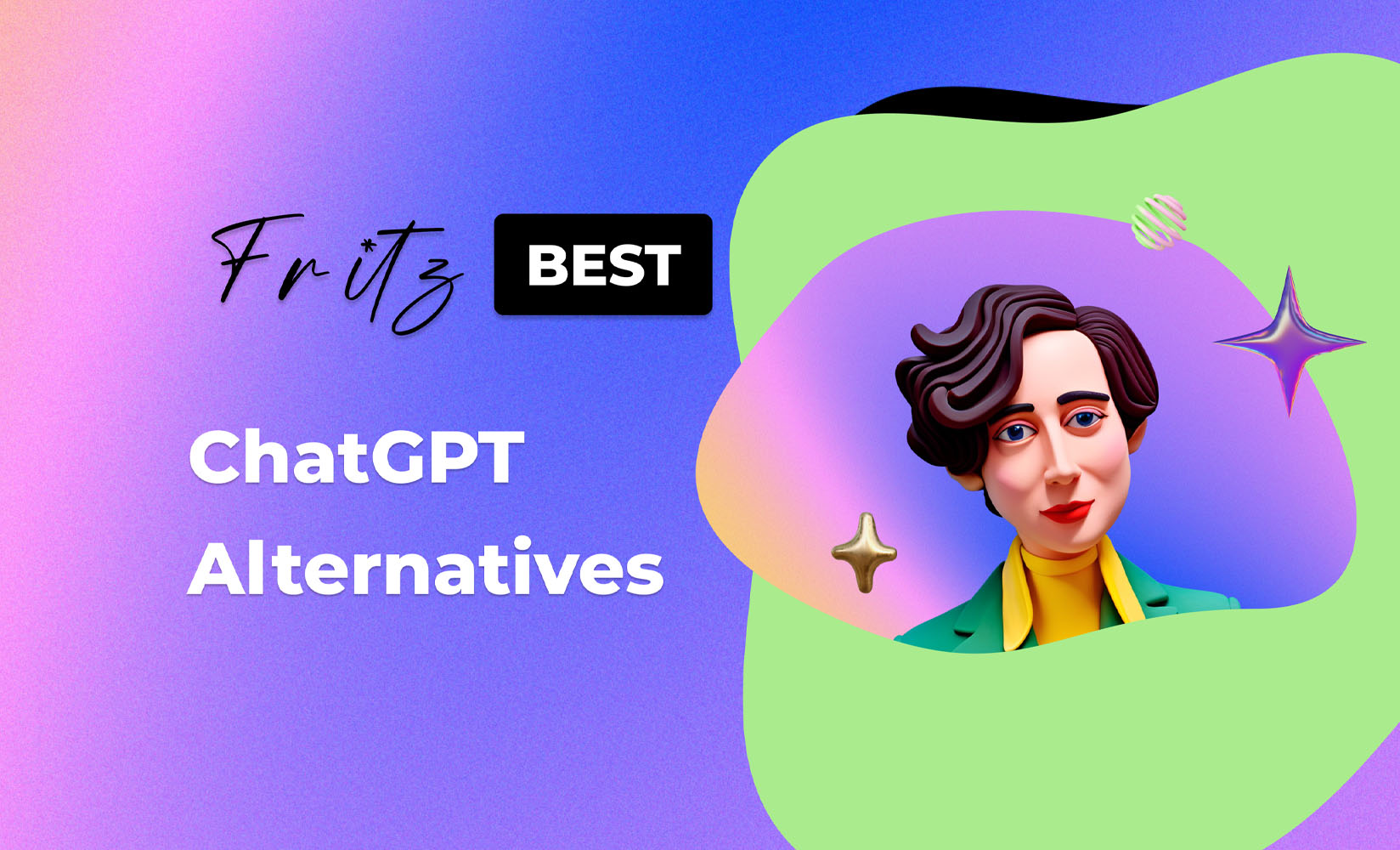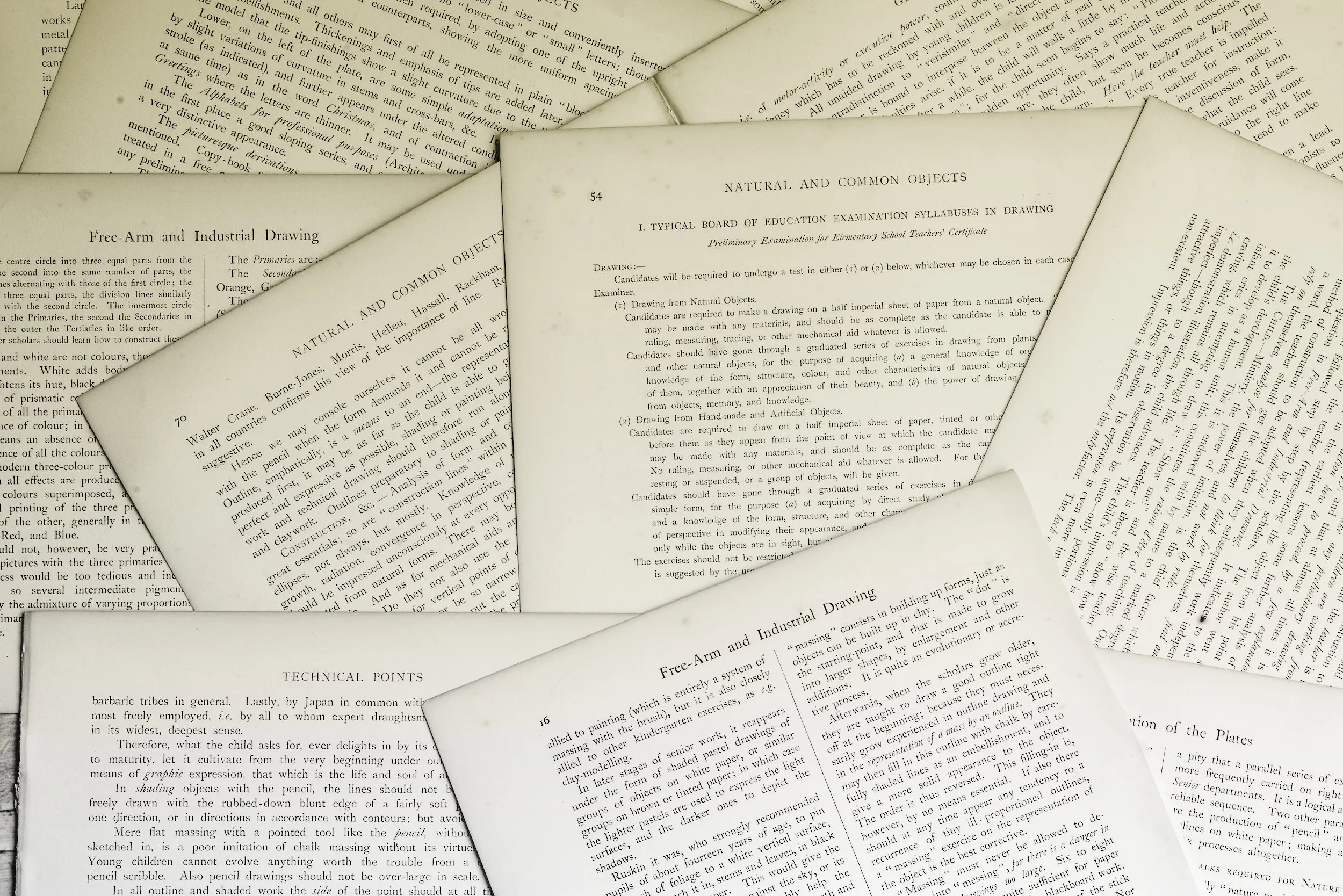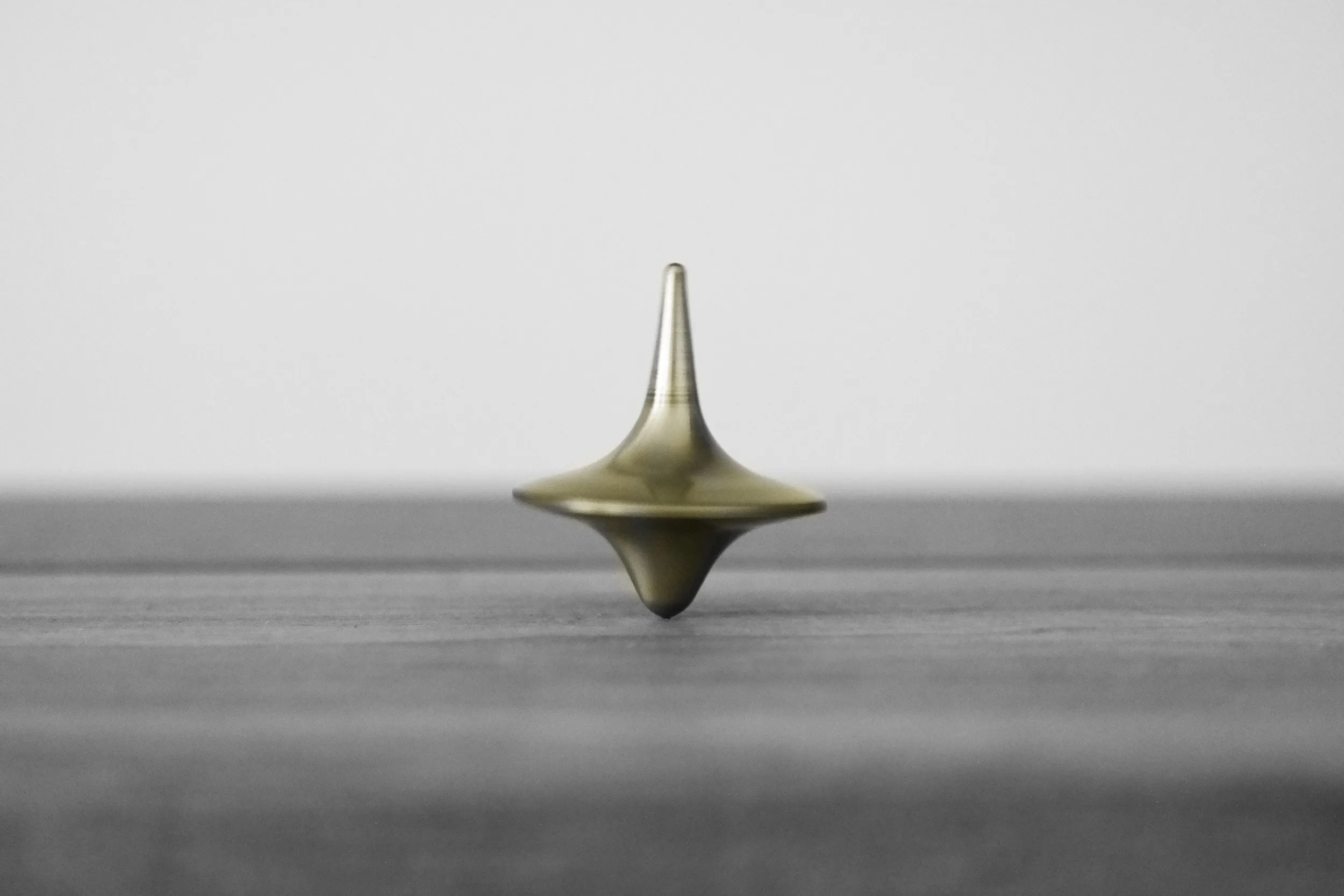Selfies are an art form. If you’re going to put your face out there, it’s got to look good. I’ve seen plenty of apps claim to offer the best filters, stickers, and retouching options, but they most of them just fall flat. The Portrait app by Img.ly is one of the few that offers something truly unique.
They use machine learning to automatically extract our face from the background in order to create awesome, poster-like styles that look different than anything else out there.



![Mobile Machine Learning in E-commerce and Retail: Visual Search [Ebook Sample]](https://fritz.ai/wp-content/uploads/2023/12/1MTQN0qTASnLSEy2E8cMGMQ.webp)





